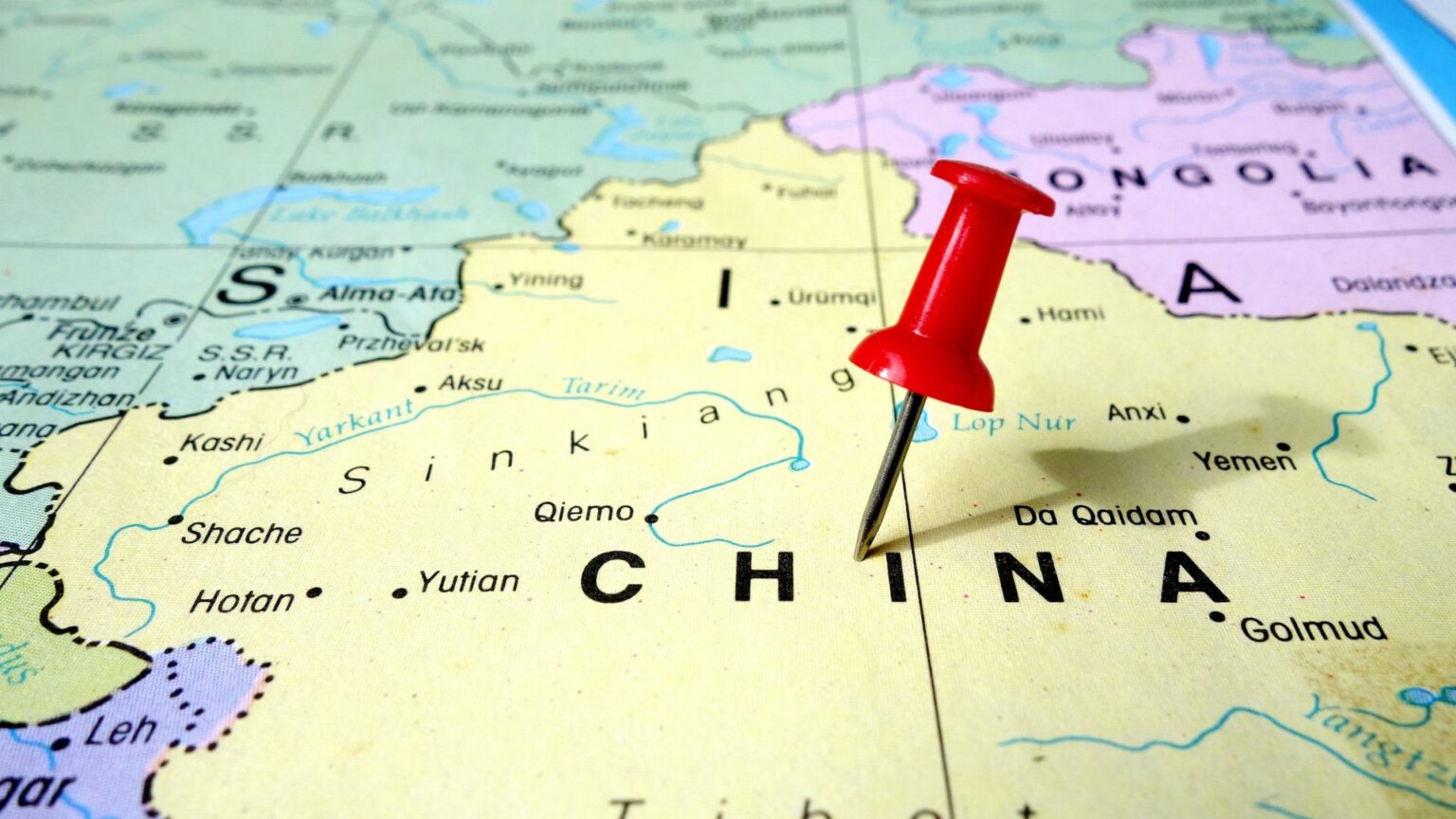Engaging in feats as daunting and profound as space exploration, China’s recent successful drilling of Asia’s deepest vertical well, Shenditake 1, introduces groundbreaking insights into both scientific and industrial domains. Situated amidst the vast landscape of the Taklimakan Desert in the Xinjiang Uygur Autonomous Region, this accomplishment marks not merely a technological triumph but a new horizon for geological and resource exploration.
Initiated by the China National Petroleum Corp, the drilling of this 10,910-meter borehole is not just an achievement in terms of depth but also signifies a major advance in the study of the Earth’s geological layers and the exploitable resources contained within them. The project symbolizes an intersection where cutting-edge engineering meets scientific inquiry, underscoring China’s capability to innovate beyond traditional boundaries—a pattern already seen in its space and deep-sea explorations.
The construction of Shenditake 1 involved overcoming significant technical challenges, as recounted by Wang Chunsheng, chief expert at the Tarim Oilfield. Each meter drilled required precision and resilience, confronting issues like wellbore instability, drill fatigue, and severe formation loss as the team navigated through 12 distinct geological formations. These efforts culminated in reaching oil- and gas-rich rock formations positioned between 10,851 and 10,910 meters below the Earth’s surface.
This achievement signals the first instance of discovering oil and gas at such profound land depths globally. This discovery not only redefines the potential of ultra-deep geological exploration but also holds promise for expanding the global oil and gas supply chain. China equipped Shenditake 1 with the world’s first 12,000-meter automated drilling rig—a symbol of its technical prowess in engineering and an indicator of its aspiration to lead in ultra-deep drilling technologies internationally.
Furthermore, the operation achieved notable engineering milestones such as the deepest liner cementing and wireline imaging logging, establishing multiple firsts for speed and depth in the realm of onshore drilling. These accomplishments underscore the strategic alignment of modern engineering with resource extraction pursuits. Notably, the data collated from core samples, rock cuttings, and logging have facilitated the construction of Asia’s inaugural 10,000-meter geological profile, a foundational reference that enhances scientific understanding and fuels future exploratory strategies.
The implications of Shenditake 1 extend beyond immediate resource extraction potential. As advancements in drilling technologies and geological understanding proceed, they promise to catalyze transformative developments in ultra-deep resource extraction, thus shaping new paradigms in energy sourcing.
Drilling beyond 10,000 meters not only reinforces China’s pioneering status but also challenges existing paradigms in geological theory and exploration techniques, paving the way for further breakthroughs in the field of deep-Earth exploration. As PetroChina’s vice president, He Jiangchuan, notes, such efforts herald advancements that could redefine the boundaries of engineering capability, echoing the patterns observed in the nation’s space-bound and marine ventures.
The completion of the Shenditake 1 borehole represents a formidable convergence of scientific exploration and energy resource ambitions. It illustrates China’s sustained commitment to fostering progressive innovation in the face of global energy demands, further entrenching its role as a key player in reshaping the future landscape of resource exploration.





